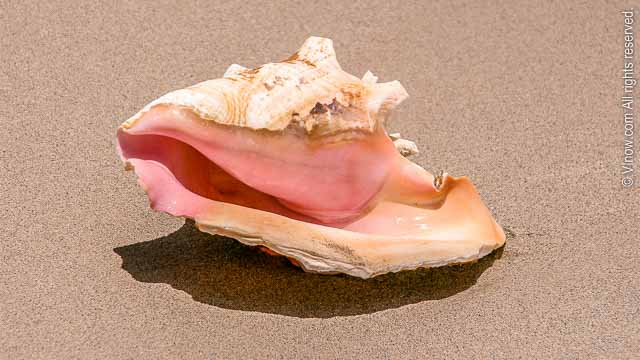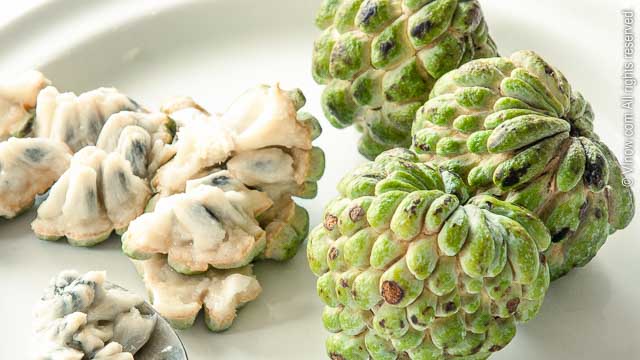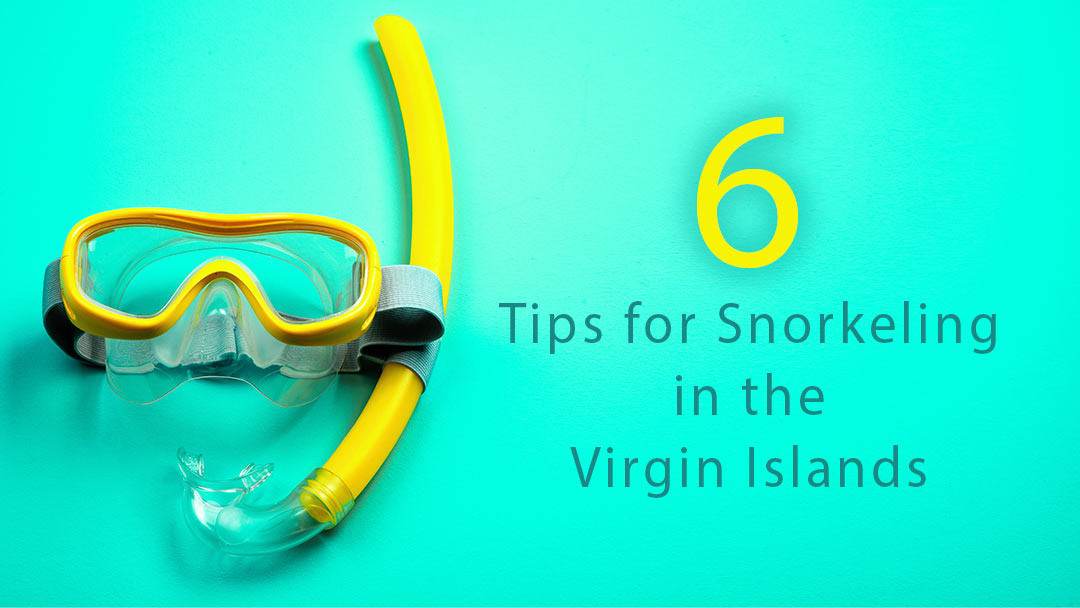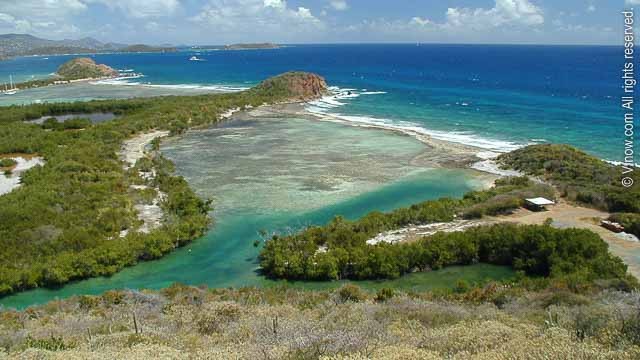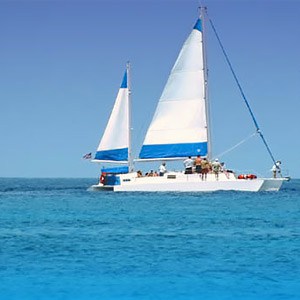Conch (pronounced ‘konk’) is a saltwater snail that can vary in size from fairly small to large. Some larger species like the Queen Conch (Strombus gigas) are found in waters around the U.S. Virgin Islands, particularly among beds of sea grass. They feed primarily on algae.
Conchs have spirally constructed shells that are hard with blunt spikes. They have long eye stalks, with colorful and interesting marks around the eyes. Its foot ends in a pointed, long “nail” which it uses to dig into sand to help with flipping over and movement.
The adult shells can vary from 6 to 12 inches in length and have a flaring lip which thickens with age. Queen conch can live up to 20-30 years. The lip typically has a glossy finish and is usually pink or peach and can sometimes have cream colored areas. The juvenile shell has a sharp lip with no flare. The outside of the shell is usually sandy brown.
In the U.S. Virgin Islands conch shells have been used as a horn; a small hole is cut in the spire and then blown into. A conch shell horn is said to have been blown signifying the end of slavery during the colonial era of the islands. The conch has therefore come to represent the ‘call to freedom’ in the Virgin Islands. It has been used in cemeteries, the shells being placed around graves. They have also been used as a building material, often decoratively.
Conch has long been a favorite food in the Caribbean; in salads, fritters, stews, pates and other local dishes. Overfishing is a serious concern. Only an adult conch can reproduce. Large juveniles contain almost the same amount of meat as a large adult so where adults have become rare, conch fisherman will harvest the juveniles. If fishermen continue to harvest immature conch some marine scientist fear the animal will be unable to recover.

The decline on conch resulted in the animal being listed as commercially threatened by the Convention on International Trade in Endangered Species (CITES) in 1985. Declines continued and in 1992 the status of queen conch was changed to a more critical listing which requires member nations to manage conch populations carefully to prevent extinction of the species. Many countries now have strict regulations regarding harvest in an attempt to preserve the population.
In the U.S. Virgin Islands there was a 5 year closure on harvesting conch between 1987 and 1992 which was continued for an additional 2 years through to 1994 to allow more time for stock to recover. In 1994 harvesting conch reopened with specific regulations including a closed season, size restrictions, not disposing shells at sea, harvest quotas and restrictions of sale of undersized conch shells. These regulations continue today.
The queen conch has environmental, historical, cultural and economical value to the U.S. Virgin Islands.
Awareness and adherence to regulations is a means to helping protect conch populations. Both residents and visitors should do their part.
Please remember the saying: “Take only Photos, Leave only Bubbles” when enjoying the beautiful marine environment of the U.S. Virgin Islands.
On a recent visit to Lameshur Bay on St. John, I sat enjoying the scenery when I noticed a snorkeler get out of the water nearby with a conch in hand. I caught up to her and explained that the conch should stay in the water and taking it was illegal. She replied that she would return the conch to the water after she showed it to her family. A few seconds later I was back in my spot and watched as the conch was handed over to a child playing along the shore rather than being put back in the water. The child took the conch, looked at it and showed it to her mother. She then walked up in the sand and picked up a rock and began hitting it against the conch shell. The mother shouted a suggestion to put the conch on a flat rock and then hit it with another rock. They were apparently trying to break the shell and expose the animal living inside. I ran over. Neither child nor the mother replied to my comments about protecting natural resources and regulations; however the child did put the conch back in the water.
The conch was small and didn’t have a pronounced lip, it was a juvenile. It had lived through the first year when many young conchs do not survive due to marine predators and other factors, yet it was almost destroyed by its biggest threat, humans.

